LOCAL EDUCATION CONTENT: NEED TO INHERIT AND INTEGRATE
Local education (LD) is compulsory education content from grades 1 to 12, compiled, approved by the local Department of Education and Training, and reported to the Ministry of Education and Training. This is a curriculum that reflects the historical, cultural, economic and social characteristics of each locality.
When merging 2-3 current provinces and cities into new provinces and cities, the old local education content will no longer be suitable for the conditions and characteristics of the new locality. The problem is how to integrate local education content from two or more localities into a unified block, but still maintain the unique identity of each region?
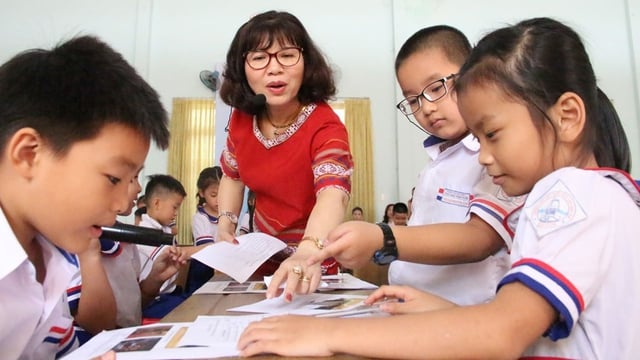
Merging provinces and cities is an opportunity to educate students about the idea of "country is homeland", so that they understand that although the name of the province may change, the homeland still remains, the identity is still present, and solidarity is the strength for development.
PHOTO: DUC NHAT
Therefore, it is necessary to have solutions such as: Restructuring the content of local education in a multi-center direction, selecting typical elements of each region to include in teaching; updating new administrative information in the subjects of geography, history, music , fine arts, and experiential activities; organizing the compilation of new local education documents with the participation of a team of experts, teachers, and culturalists from all merged provinces and cities.
The change in administrative geography does not destroy the historical and cultural values of each locality and region. On the contrary, this is an opportunity to educate students about the idea of "country is homeland", so that they understand that although the name of the province may change, the homeland still exists, the identity is still present, and solidarity is the strength for development. The content of local education needs to have inheritance and integration.
General Secretary To Lam said that when merging provinces and cities and rearranging communes, it will have a certain impact on the thoughts and feelings of cadres, party members and people. However, in response to the country's new development requirements, it is necessary to change thinking, vision, and unify ideological awareness. It is necessary to: "Overcome difficulties, worries, and normal psychological habits; overcome regional psychology and moods to move towards broader thinking and vision. The country is the homeland".
In that context, students - the future generation of the country - need to clearly understand and imbibe this extremely important spirit. "Country is homeland" is a profound thought, showing the flesh and blood attachment between each citizen and the Fatherland. Homeland is not only limited to a small land, but also the whole beloved country - a place with the same blood, language, history and culture as the descendants of the Dragon and the Fairy.
When a province or city is merged into another province or city, the name may change, the boundaries may shift, but the values, people and love for that land remain intact, that is the name of the village, the name of the river, the mountain, the beautiful traditions, festivals, and humanity are still there. Students need to overcome nostalgia or regret to broaden their vision, to love the new land and new people, all of whom are part of the flesh and blood of the Fatherland.
In addition, there are some practical solutions that can be implemented, including: strengthening local history and geography education after the merger; organizing extracurricular activities and practical experiences to help students understand and connect with their extended homeland; promoting the role of teachers in integrating the spirit of solidarity into lectures.
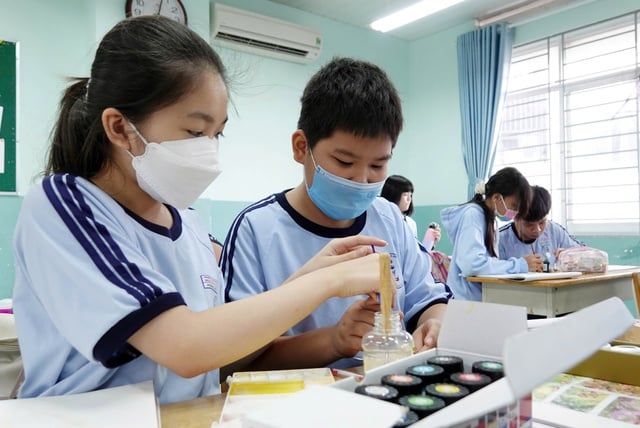
Ho Chi Minh City students in a lesson on local education
Photo: Dao Ngoc Thach
BUILDING SOME LESSONS ON ORGANIZING AND STREAMLINED THE ORGANIZATION
Streamlining the political system and state apparatus, merging provinces and communes, and abolishing the district level is a revolution in the new development stage, creating new development space, new management mechanisms, and local government with only 2 levels, opening the way for our country to enter a new era: the era of national growth and prosperity.
The Ministry of Education and Training should compile a common, unified document for the whole country for each primary, secondary and high school level on the revolution of streamlining the apparatus, merging provinces and communes and abolishing the district level.
This document firstly mentions the viewpoints, objectives, and significance of streamlining the apparatus, merging provinces and communes, and eliminating the district level; secondly, the results of the streamlining and rearrangement, the remaining results of the 34 provinces and cities, 3,321 new communes, the area and population of each new administrative unit. The opportunities and development potential of each region...
With this official document, teachers have a legal basis for teaching, and students also have a basis for learning, expanding research, and experiential activities at historical sites, monuments, and scenic spots of the new province or city.
Source: https://thanhnien.vn/sap-nhap-tinh-thanh-can-giao-duc-hoc-sinh-tinh-than-dat-nuoc-la-que-huong-185250521183222415.htm


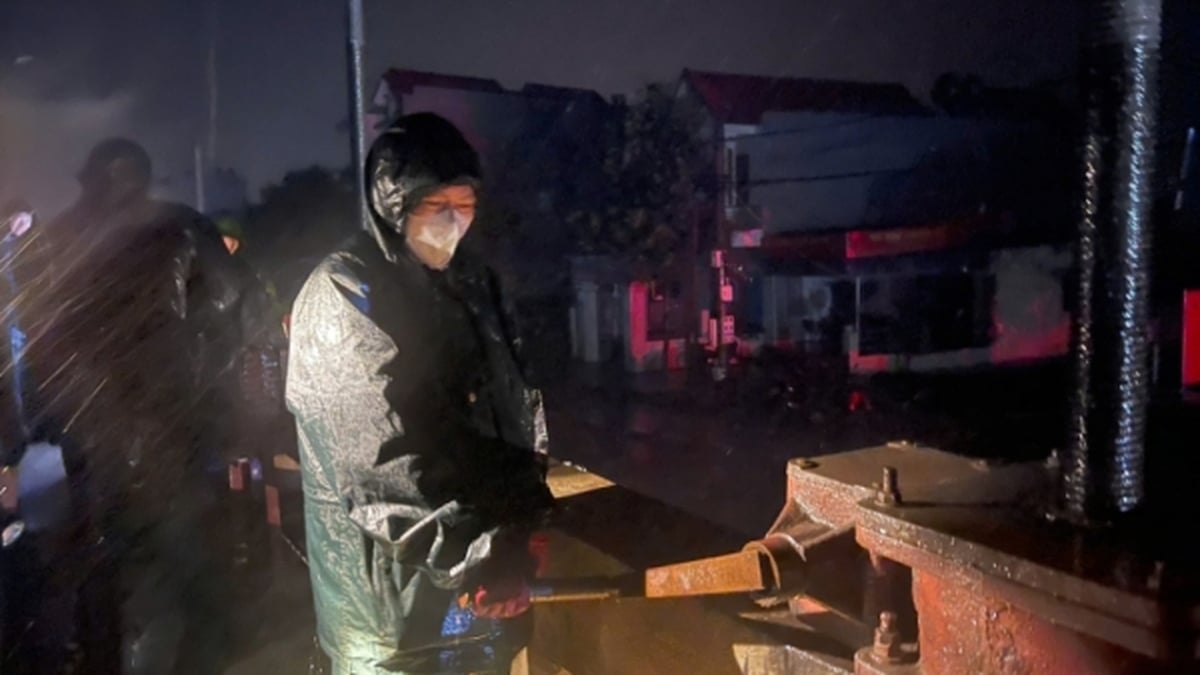
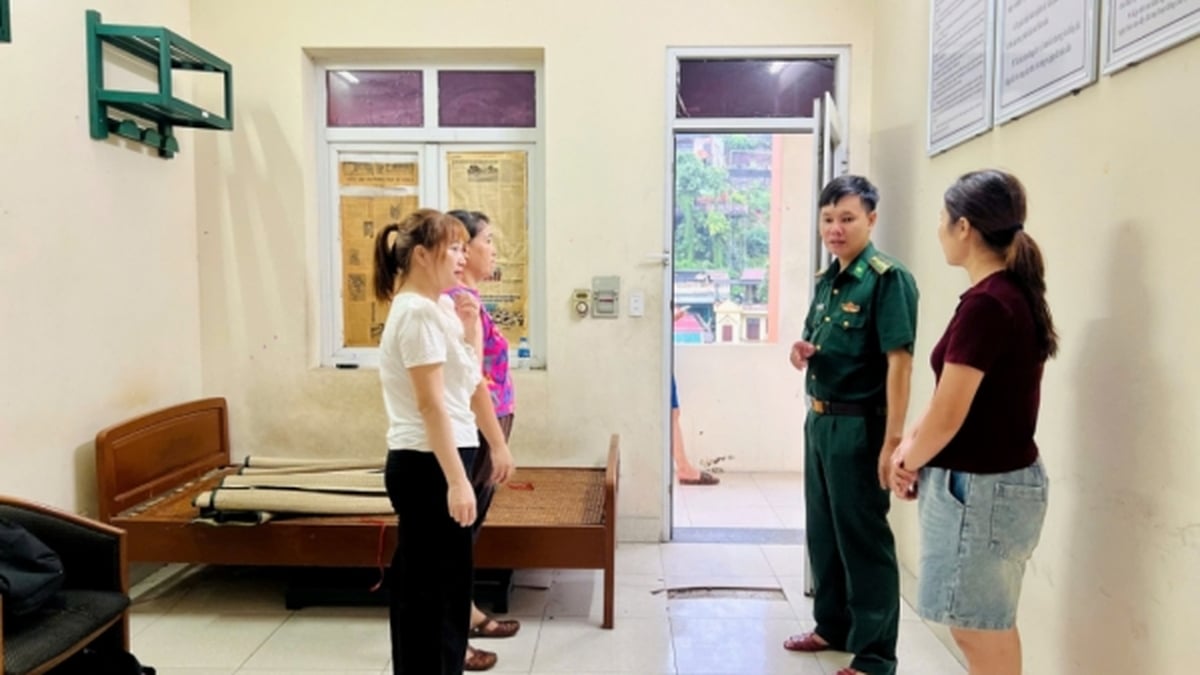
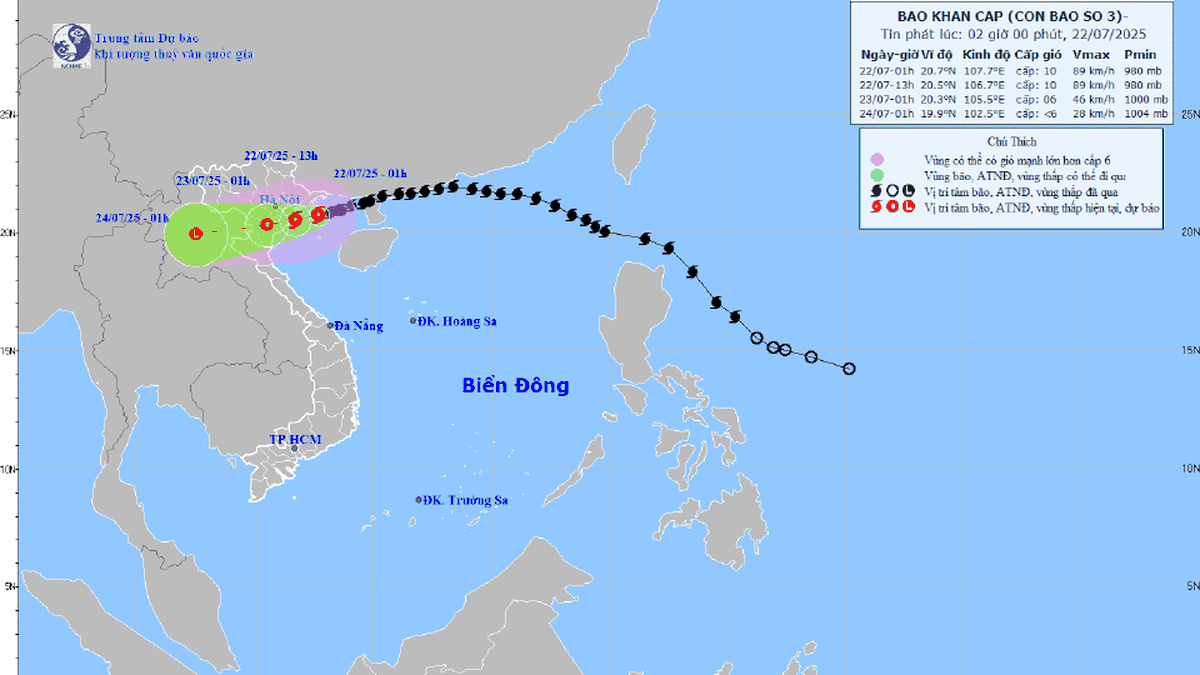




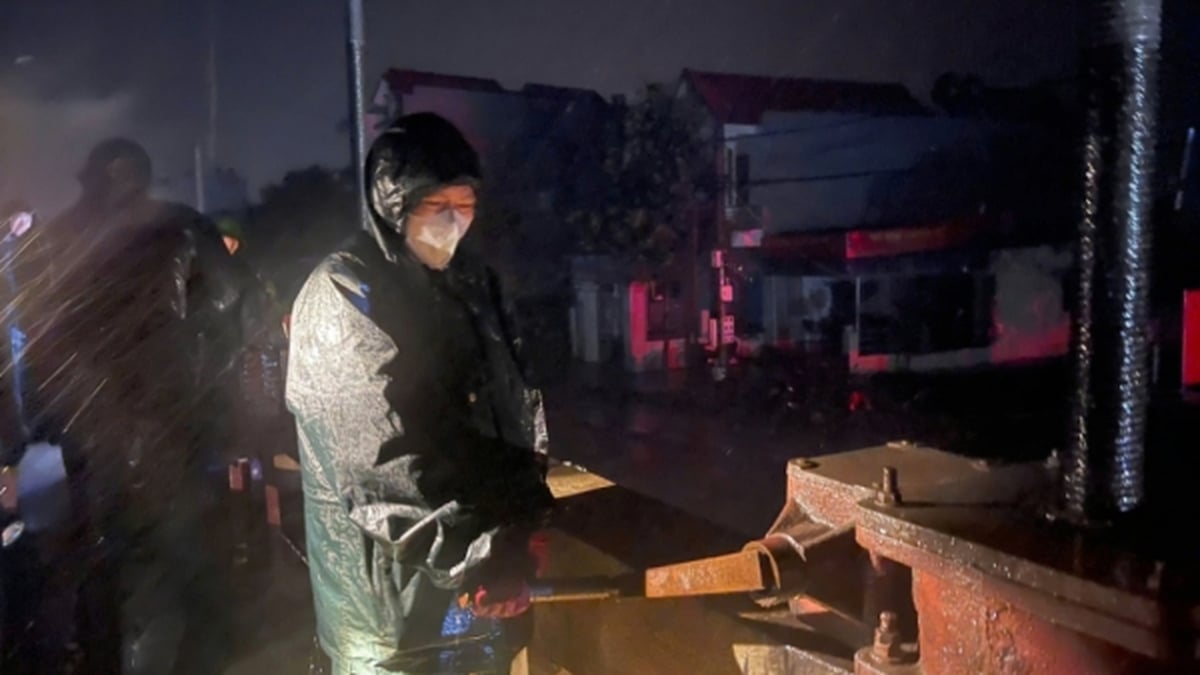














![[Photo] National Assembly Chairman Tran Thanh Man visits Vietnamese Heroic Mother Ta Thi Tran](https://vphoto.vietnam.vn/thumb/1200x675/vietnam/resource/IMAGE/2025/7/20/765c0bd057dd44ad83ab89fe0255b783)




















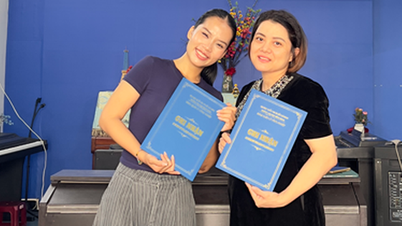
















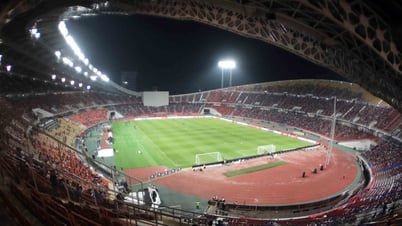

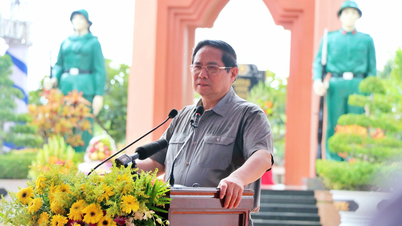
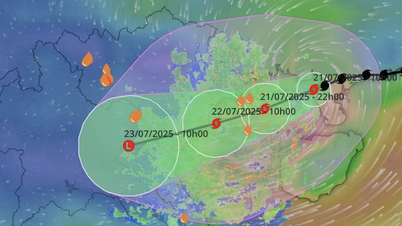

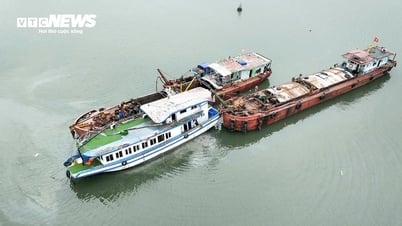



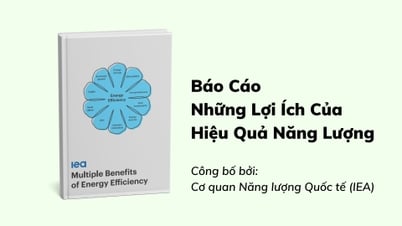

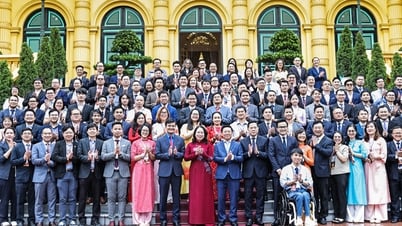



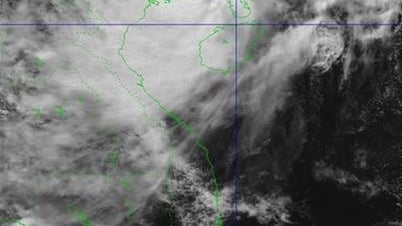
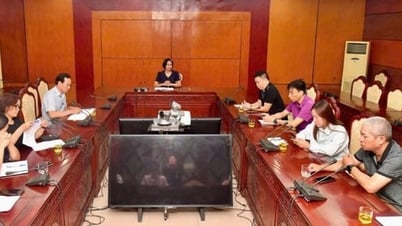






















Comment (0)